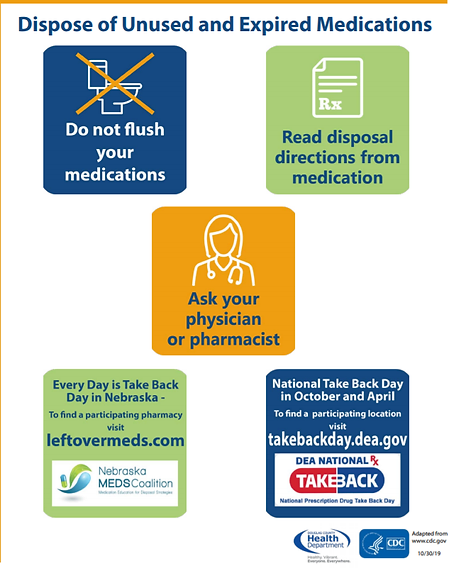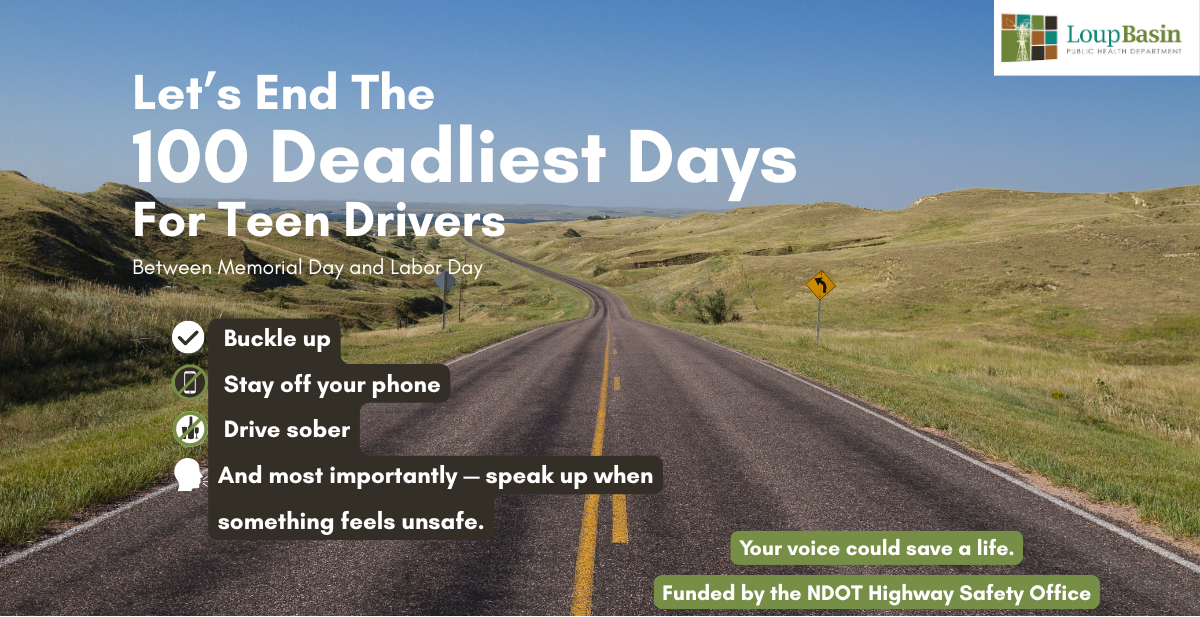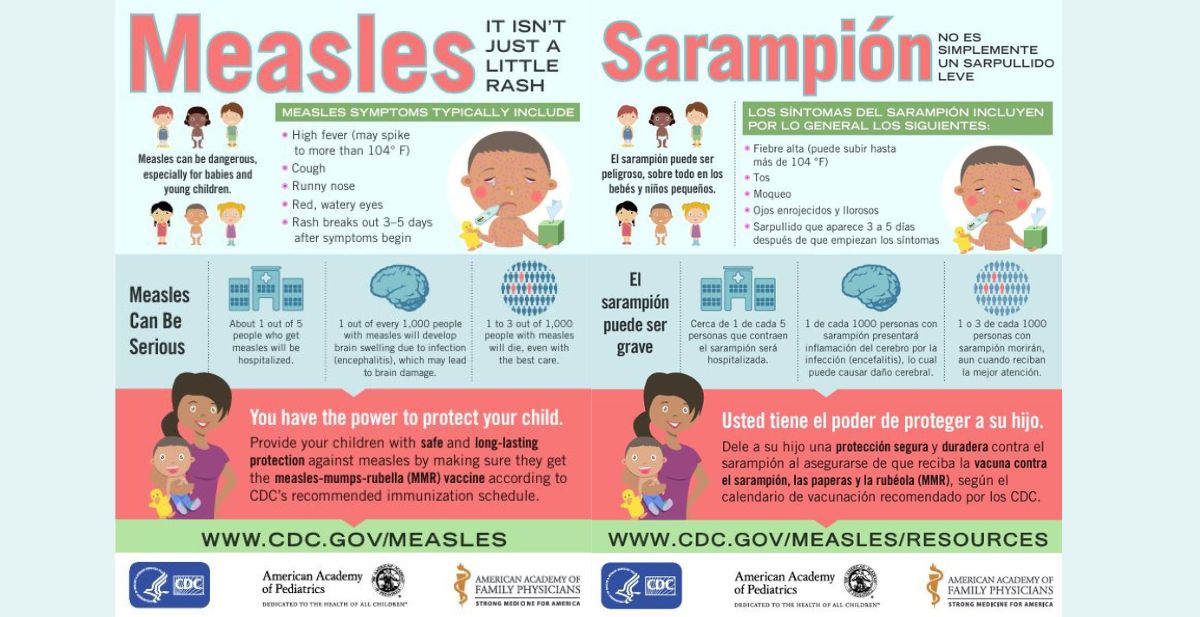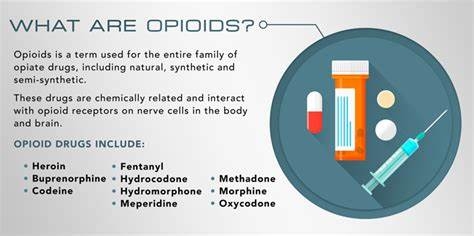Opioids

What are Opioids?
Opioids work by lowering the number of pain signals your body sends to your brain. They also help with how your brain responds to pain. They help manage pain after a surgery or injury but they are highly addictive when abused.
Crisis in America
The opioid crisis in U.S. is one of the newest public health emergencies in this generation. It is one of the leading causes of unintentional deaths, causing more deaths than motor vehicle crashes. It is affecting nearly everyone today, our teens, our family members, and our friends.
FentanylSynthetic pain reliever. It is more powerful than any other opioids and is approved for treating severe pain. 50% more powerful than morphine. Illegally made and distributed fentanyl has been on the rise in several states. Fentanyl related harm, overdose and death in the U.S. are linked to illegally made fentanyl, it is often mixed with heroine and/or cocaine to intensify the effects. |
Prescription OpioidsPrescribed by doctors to treat moderate to severe pain. Common types: Oxycodone, hydrocodone, morphine and methadone. |
HeroinIllegal Opioid. Heroin has increased across the U.S. among men, women and most age groups, and all income levels.
|
Learn to recognize the potential signs of a drug overdose and know the proper steps to take if you suspect someone is overdosing.
|
 |
What happens during an opioid overdose emergency?Brain damage can occur after 4 minutes without breathing and death can occur only 4 to 6 minutes later. It takes an average of 7 minutes for EMS to arrive. |
 |
 |
Let’s Work TogetherSarah Raiford E-Mail: sraiford@lbphd.ne.gov Phone: 308-346-3011 |
Resources:







 Launch the media gallery 1 player - media #1
Launch the media gallery 1 player - media #1